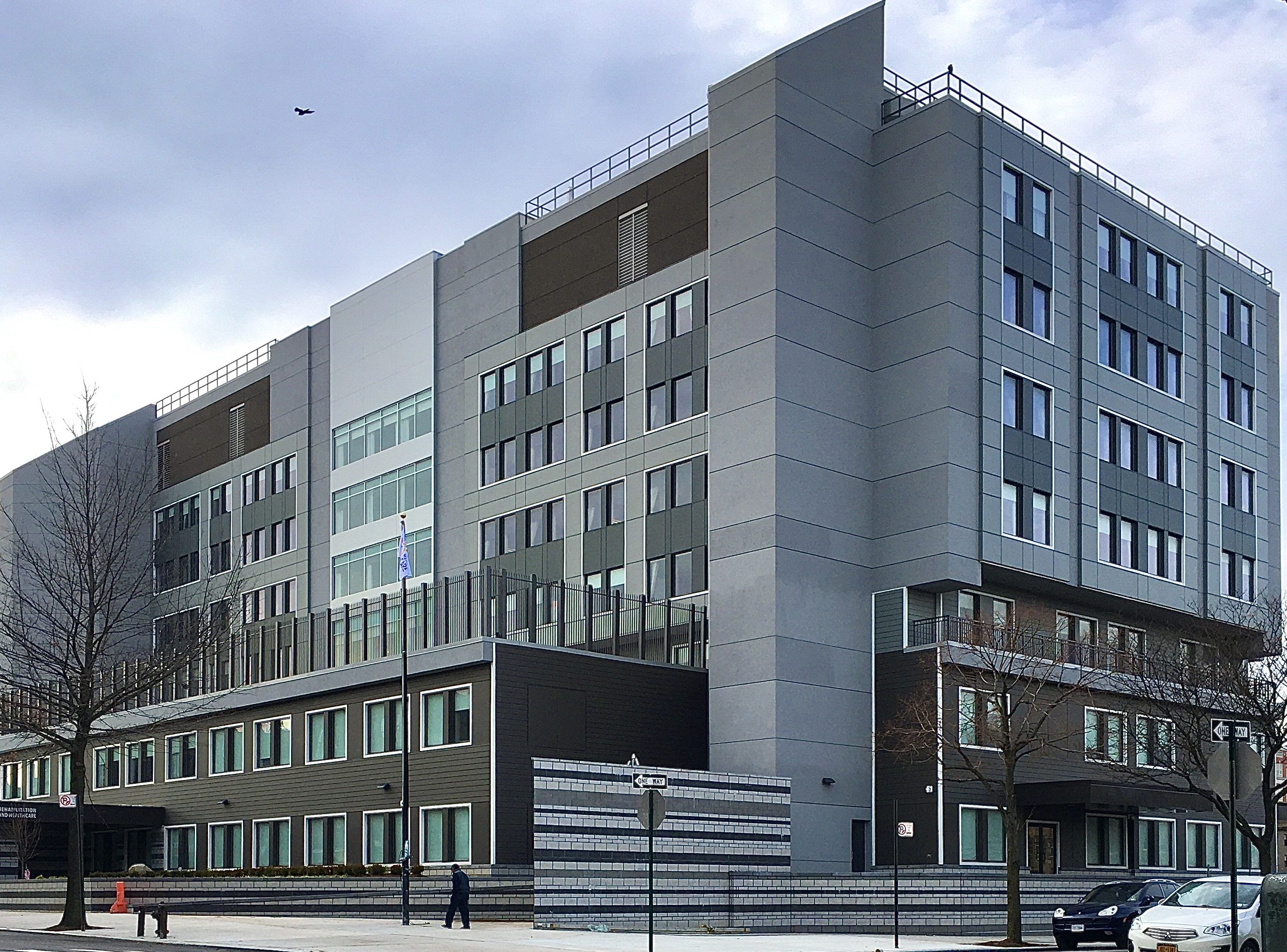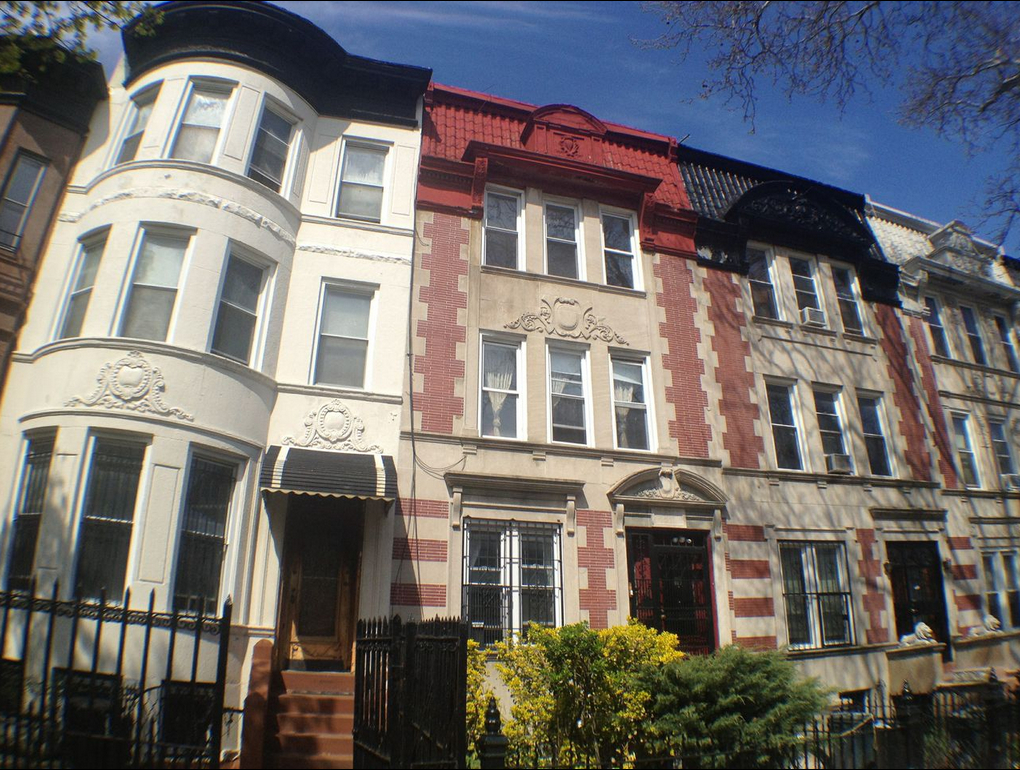Historic Crown Heights hospital reborn as nursing home

St. Mary’s Hospital in Crown Heights has been rebuilt as a nursing home called Brooklyn Center. Photo: Lore Croghan/Brooklyn Eagle
A hospital that was a vital part of the Crown Heights community from its 1882 debut until its 2005 closing has been transformed into Brooklyn Center, a skilled nursing facility that’s expected to open early next year.
The owner of the property at 170 Buffalo Ave., Centers Health Care, reconstructed St. Mary’s Hospital after dismantling just about everything but the building’s foundations and elevator shafts.
That building had sat vacant for more than a decade. It was constructed in the 1970s, replacing the Second Empire-style building that originally housed St. Mary’s.
